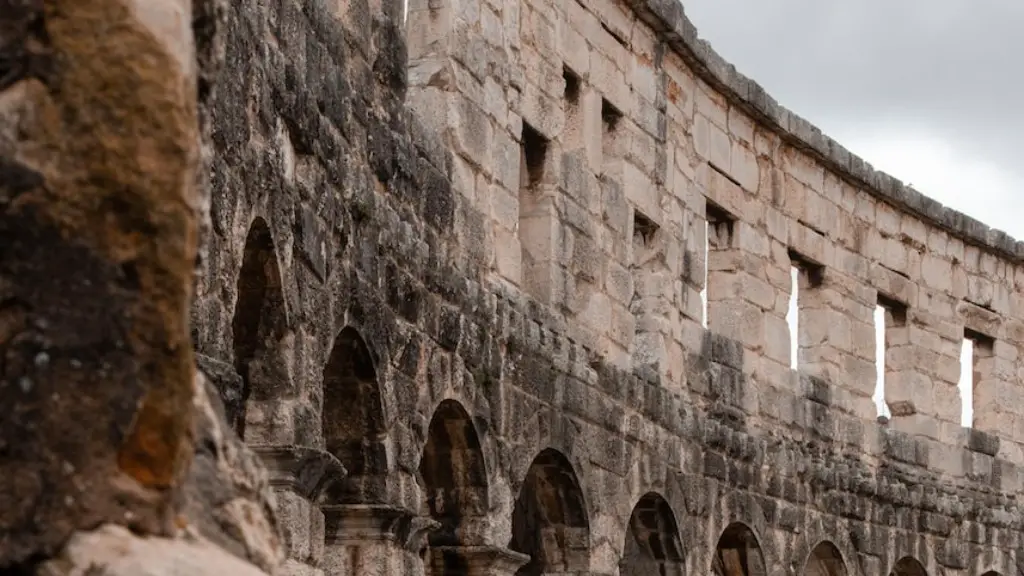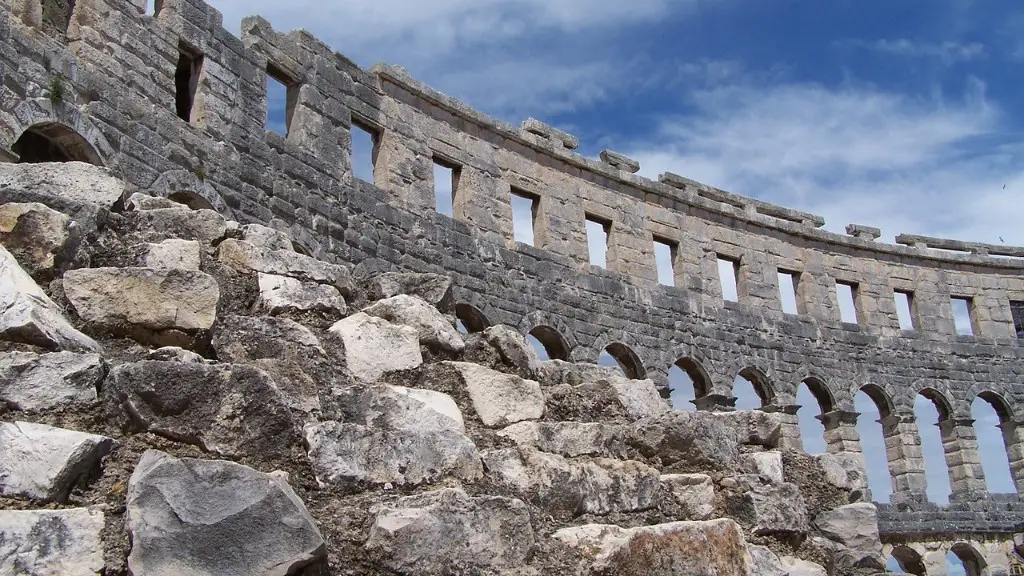Introduction
Trials in Ancient Rome were an interesting affair, one saturated with complex rituals and high emotion. In its heyday, as the most powerful and advanced empire of its time, Ancient Rome exerted enormous influence across the world, and its legal proceedings often set the legal precedent that shaped justice across the entire Mediterranean world. Trials in Ancient Rome were hierarchical, starting in local courts and potentially culminating in the Senate or the imperial tribunal. This article further examines the locations of trials, the types of cases and the rituals and proceedings associated with them.
Types of Cases
In ancient Rome, plaintiffs could bring cases to the court demanding justice. Judicial cases were categorized under the following topics: civil, public, criminal, matters concerning land, commercial, legal and personal. All cases were heard by one of the three main courts of ancient Rome, namely, local courts, the Senate and the Imperial Tribunal. Matters of importance such as adoption, guardianship, matrimonial and property disputes, were heard in local courts called the praetorium. Other matters such as corruption, extortion and treason were heard by the Senate which acted as a high court. Generally, cases that involved high ranking government officials, example cases of treason, illegal taxes, and cases of appealed decisions, were heard by the Imperial Tribunal, the highest court of the Roman Republic.
Locations of Trials
In ancient Rome, trials were held in three main locations. Trials were held in the Forum, an open space in the city where proceedings could be publically seen and where people had access to justice. Trials were also held in portable courtrooms or in the courtrooms of the convict’s district. The third location where trials were held was in the Senate. This was where trials were held for persons accused of treason or other offenses that had a major effect on public order.
Trial Process
The trial process began with the plaintiff filing a complaint to the court or prosecutor. The court would then hear the case and question witnesses. Witnesses in ancient Rome were expected to take a solemn oath and make sure their statements were true. If a witness was found to be lying, they would be charged with perjury. After the witnesses had each presented their case, the defendants had the chance to make a statement in their defense in front of the judge and jury. Once the trial was complete, the judge would deliver a verdict.
Verdict
In Ancient Rome, there were two possible verdicts: ‘credo’ and ‘non credo’. The prosecutor would read out the ‘credo’ verdict first, which meant that the defendant was guilty. If the defendant was found guilty, they faced the possibility of being either acquitted or condemned. If they were found not guilty, they would face the possibility of being charged with lighter punishment or of being blacklisted. The final decision was left up to the judge.
Sentencing
After the verdict, the sentencing phase of the trial would begin. The punishment for a guilty verdict could vary greatly between cases, depending on the severity of the crime and any extenuating circumstances. Generally, in cases of civil offenses, monetary fines were imposed. In criminal cases, the punishments ranged from fines to execution depending on the severity of the crime. Exile was one of the harsher punishments given in Rome but it was not as popular as other forms of punishment.
Appeals
If either the plaintiff or the accused did not agree with the verdict of the court, they could file an appeal. Appeals were heard by the two higher courts of the Republic, the Senate and the Imperial Tribunal. In the Senate, legal experts, known as ‘tribunis’ were responsible for hearing the appeal and delivering a verdict. This process was known as the ‘Vindicatio’, or the appeal. In most cases, the verdict by the tribunal was final, as appeals to the tribunal were rarely granted.
Rituals
The rituals associated with trials in Ancient Rome were quite elaborate, with strict protocols observed. During trials, plaintiffs were expected to make their statements from behind a curtain, whilst defendants would speak from the bench. After the statements were made, the pleadings would be read out three times, followed by the oath of ‘we swear’ and the reading of the sentence. After this, the litigants were expected to rise to their feet and bow before the judge and jury.
Court Fees
In Ancient Rome, court fees were imposed in certain cases. The amount of fees varied depending on the type of case and could range from as low as a few pennies to hefty sums. The fees were used to fund legal prosecutions and trials, and were also used to pay remission fees or fines imposed by the courts.
Attitude towards Witnesses
Witnesses were treated with utmost respect in the court of Ancient Rome. It was believed that witnesses were the foundation of any lawsuit, and as such, Rome implemented laws that protected witnesses and ensured compensation for them in cases when a witness was hurt in the process of giving testimony. Furthermore, Roman courts allowed for anonymous witnesses, if the plaintiff was deemed to be in fear of physical harm and/or financial loss.
Roles of Judicial Officers
In Ancient Rome, judges were considered to be public officials who served the people and ensured that justice was fairly and impartially delivered. Judges were expected to act with extreme impartiality and fairness, regardless of the case or the person involved. In some cases, judges also had the power to order that a person be brought to their court, using the ‘iussum’, a writ of summons which had to be obeyed by all parties.
Criminal Law Reforms
Several criminal law reforms were instituted in Ancient Rome. One such reform was the ‘lex Valeria de poeniendis lasciuiis’, which concerned penalties for serious offences. This law was put in place to ensure that victims of serious crimes received both financial compensation and had their honour and reputation restored through a process called ‘recuperatio honoris’. Another reform was the ‘lex Fuffia Caninia’, which set the maximum penalty for debts at 4% annually, thus protecting debtors from excessive interest rates or penalties.
Conclusion of the Trail
At the conclusion of a trial, two results could occur. First, a person could be found guilty and sentenced to a range of punishments. Alternatively, they could be found innocent, and the case would be dropped. In the event of a guilty verdict, the accused person would be escorted to the place of punishment, where they would be executed or otherwise punished. The length and severity of punishment would often depend on the crime and was instituted to ensure that justice was served.



